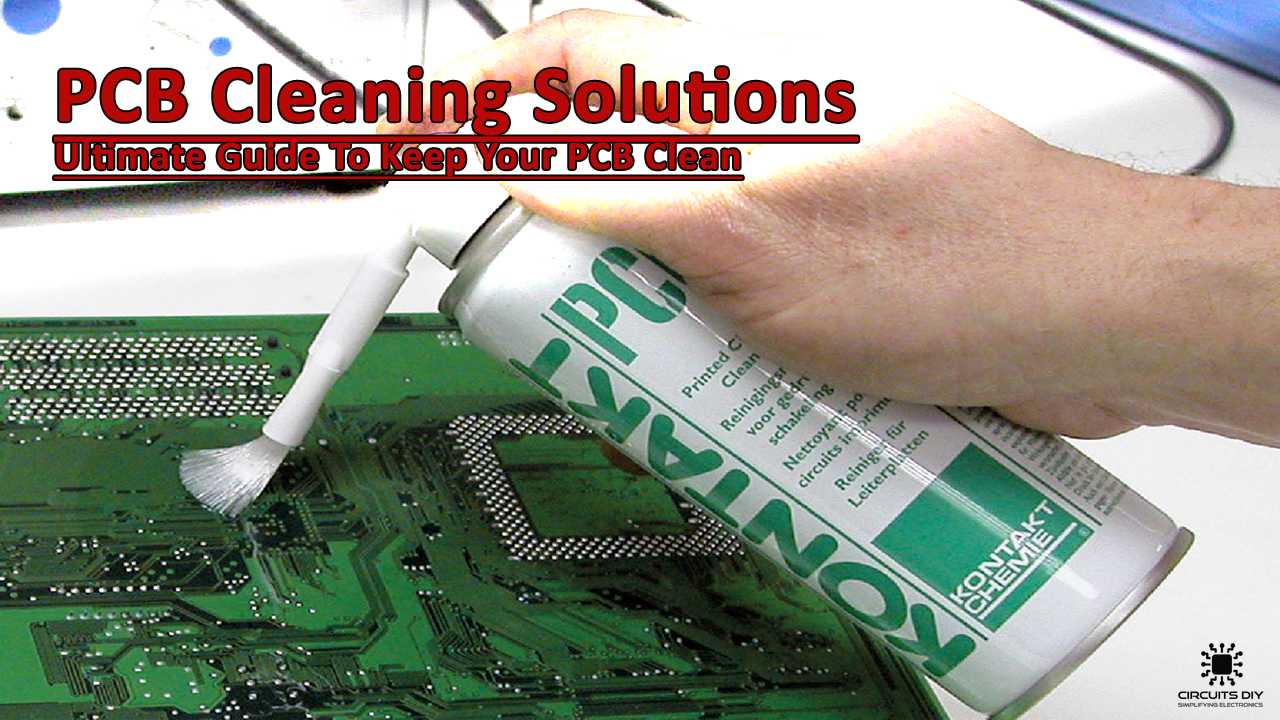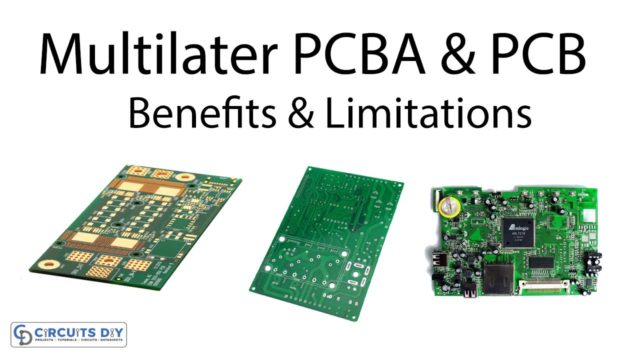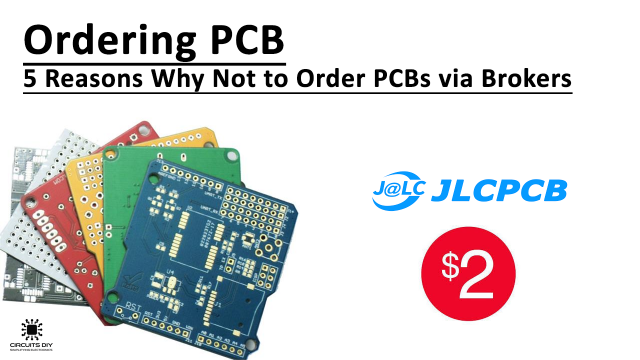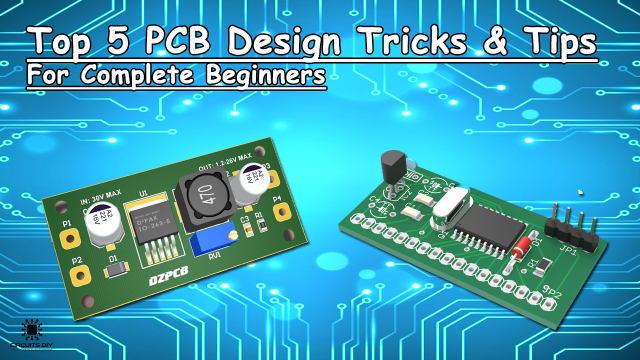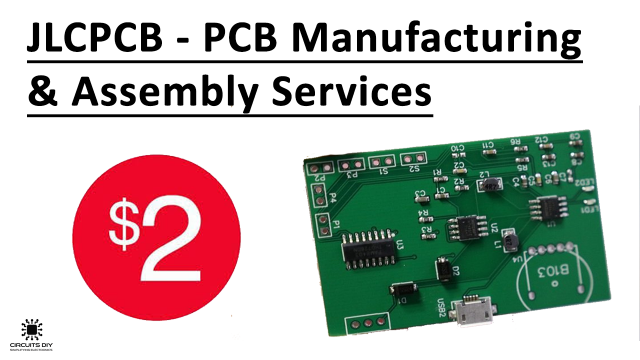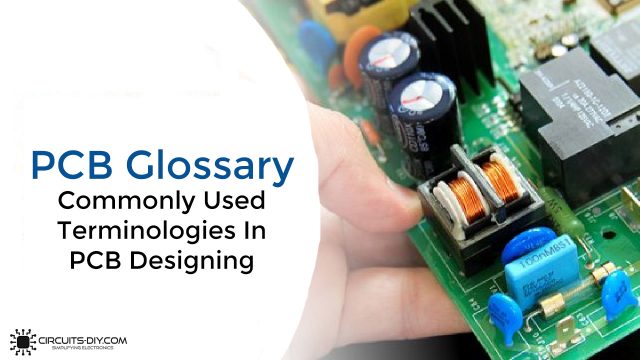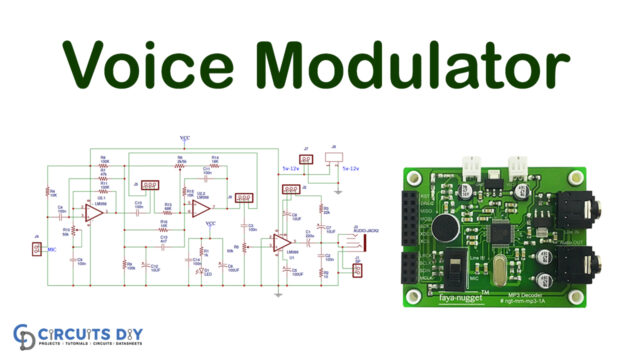PCBs are an important part of every design industry, with their applications in almost every kind of appliance we use today. Repeated use of PCBs often leads to a build-up of dust and grime within the boards that require proper cleaning implementations in order to maintain the health of the PCB board. Neglection in terms of cleaning solutions can lead to a reduction in the board’s longevity & may also cause the board to malfunction. So, In today’s tutorial, we will go through a number of factors which may cause your cards to become dirty & the proper PCB cleaning solutions you can use to get rid of them.
PCBs or printed circuit boards serve as the backbone of any design industry, allowing you to connect passive components, active components, and embedded devices together, into a specific form to fit the design need. In order to keep these industry operations running as smoothly as possible, it is imperative to adhere to a strict SOP pertaining to PCB cleaning solutions.
JLCPCB is the foremost PCB prototype & manufacturing company in china, providing us with the best service we have ever experienced regarding (Quality, Price Service & Time).
Top 5 PCB Cleaning Solutions

1) Using A Compressed Air Can
For simple repairs, compressed air provides an unobtrusive way to free up any dust resting on the electronics or inside the machines and blow it out. Use short bursts to spray the air inside the vent ports. If you’re not satisfied with the dust removed, open the device and work your way around the parts, carefully cleaning the circuitry with the air.
2) Isopropyl Alcohol
Isopropyl alcohol is a great PCB cleaner because it is inexpensive and evaporates quickly. Compared to other cleaners used for similar purposes, alcohol contains fewer chemicals. It is important that isopropyl alcohol used to clean your circuit board is 90% or better. High percentage isopropyl alcohol can cause adverse effects in contact with the body, so be sure to handle it with care and use latex gloves and goggles.
3) Using Distilled Water
Distilled water triumphs over any other form of liquid when mixing your cleaning solution due to the absence of ions conductive to electric devices. Pure distilled water will not degrade electronic devices, as it is a very poor conductor.
4) Using Lint-free Towel and a Soft Bristled Brush
Using lint free towels is effective to wipe of any dust without causing any harm to any on board component. similarly you can also use a soft bristle brush to clean any excess solder flux left on the board by gently rubbing it against the board.


